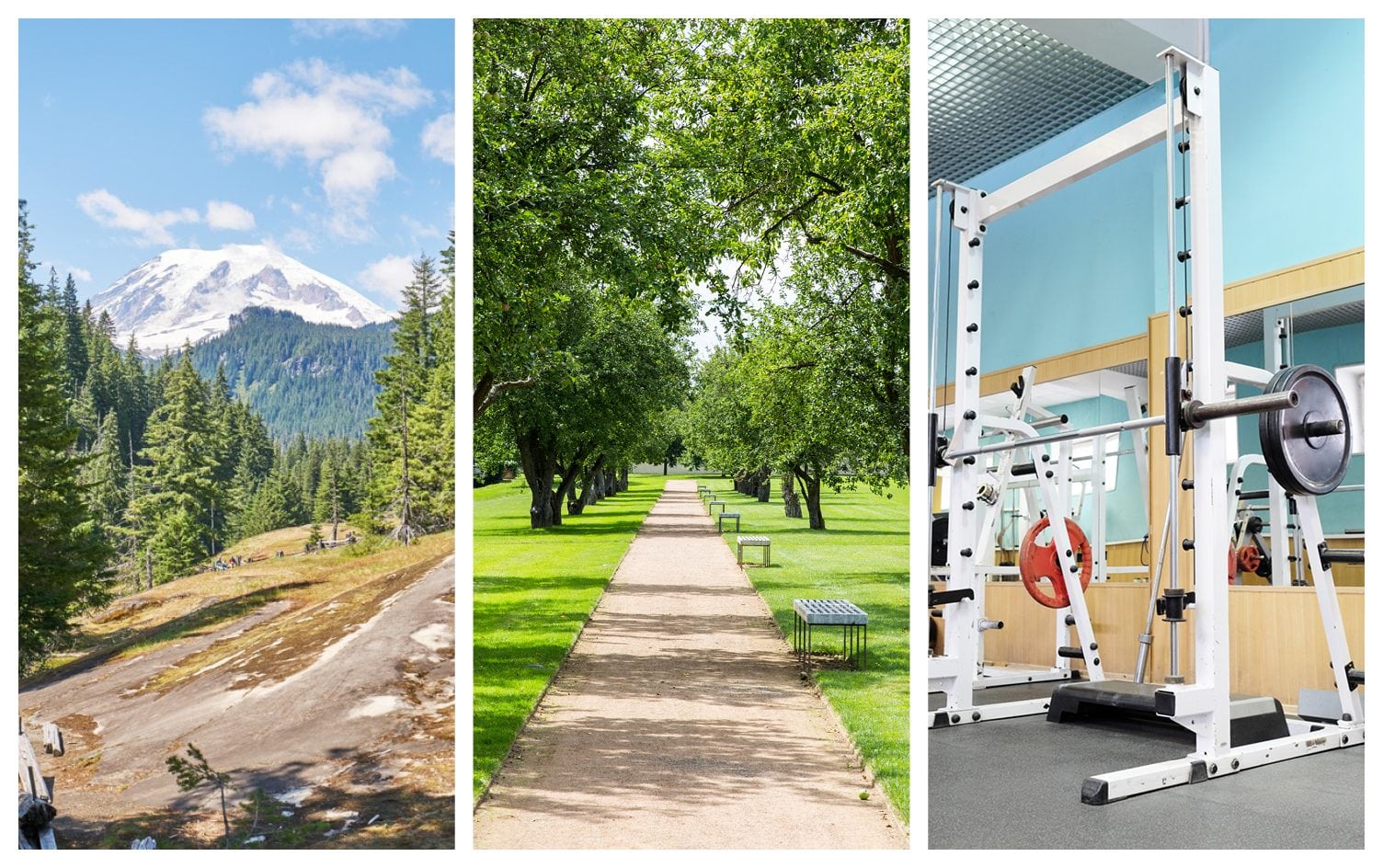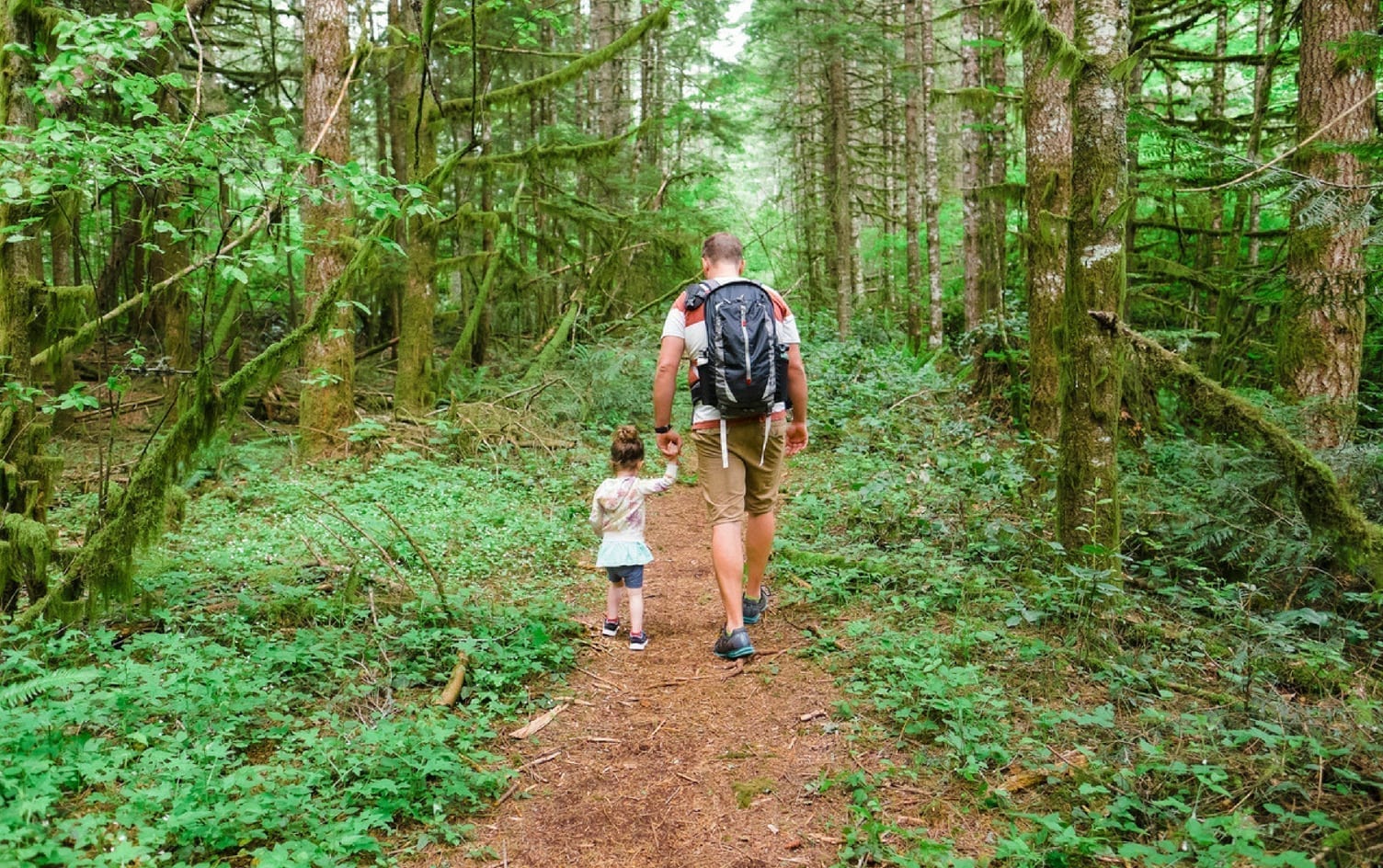The idea that spending time with Mother Nature can help relieve stress is pretty well known. But if you are a perfectionist who forest bathes regularly or a biohacker, you may wonder if certain types of natural environments optimize the stress-reduction benefits.
WHAT KIND OF NATURE IS BEST?
Good news. A pair of scientists wondered the same thing, so they decided to study 105 people who visited three different environments: a 1,200-acre forest area with trails, a 33-acre municipal park and an indoor fitness center. They measured each participant’s physiological stress via their levels of cortisol and had them answer a questionnaire about their worries, tension, joy and demands to measure their perceived stress levels.

“We want to know, does it matter how much nature a person experiences to reduce their level of stress?” says Alan Ewert, PhD, professor of recreation, park and tourism studies at Indiana University and lead author of the study published in May in the journal Behavioral Sciences.
In short, yes. They found people who visited the forest area, which was “highest” in nature, had the greatest reduction in levels of cortisol, and overall the two green spaces were more effective stress-busters than the fitness center. And while there was no difference in levels of worry, tension or demands, those who visited the wilderness space also had the highest levels of joy.

HOW TIME OUTDOORS REDUCES STRESS
There are two main theories about how time outdoors helps reduce stress. The first is the Attention Restoration Theory, which posits that our brains can rest in nature when we’re not inundated by stimuli like our phones and honking cars. The second theory, Psycho-evolutionary Theory, talks about how, because we evolved in outdoor settings, we have an innate connection to those settings, Ewert explains.
“I suspect it’s a combination of those two,” he says. “I suspect also that people develop stress-reduction strategies and people who come to a natural site may very well use that site as a stress-reduction area. Others may use a fitness site to blow off steam.”
Whatever works for you works for you, but if you don’t tend to spend too much time outdoors, this is further encouragement to step away from your laptop! “This study suggests that getting outdoors in natural settings works for some people,” Ewert says. “I say, ‘Take a park and not a pill.’”
Dr. Nooshin Razani, director for the Center for Nature and Health (CNH) at Children’s Hospital Oakland, suggests getting outside at least three times a week if not daily. CNH does clinical research in nature and aims to increase access to nature for health.
“We found improvement in cortisol levels as well as self-reported stress based on the number of times a person reported going to the park each week,” she says. “Each reported increase in park visits correlated with a small decrease in stress levels.”
THE BOTTOM LINE
If you don’t have a park nearby, that’s OK. “I don’t want people to think there is a better or more ideal nature. You just want to be outside as often as you can. If what you have access to is your block, that’s wonderful,” she says.
This is especially true for kids. She recommends children be outside for at least an hour daily and for families to spend time together outdoors at least three days a week and to try to visit a “bigger” natural setting with more wilderness as often as you can, even if it’s just an annual trip to a forest.




